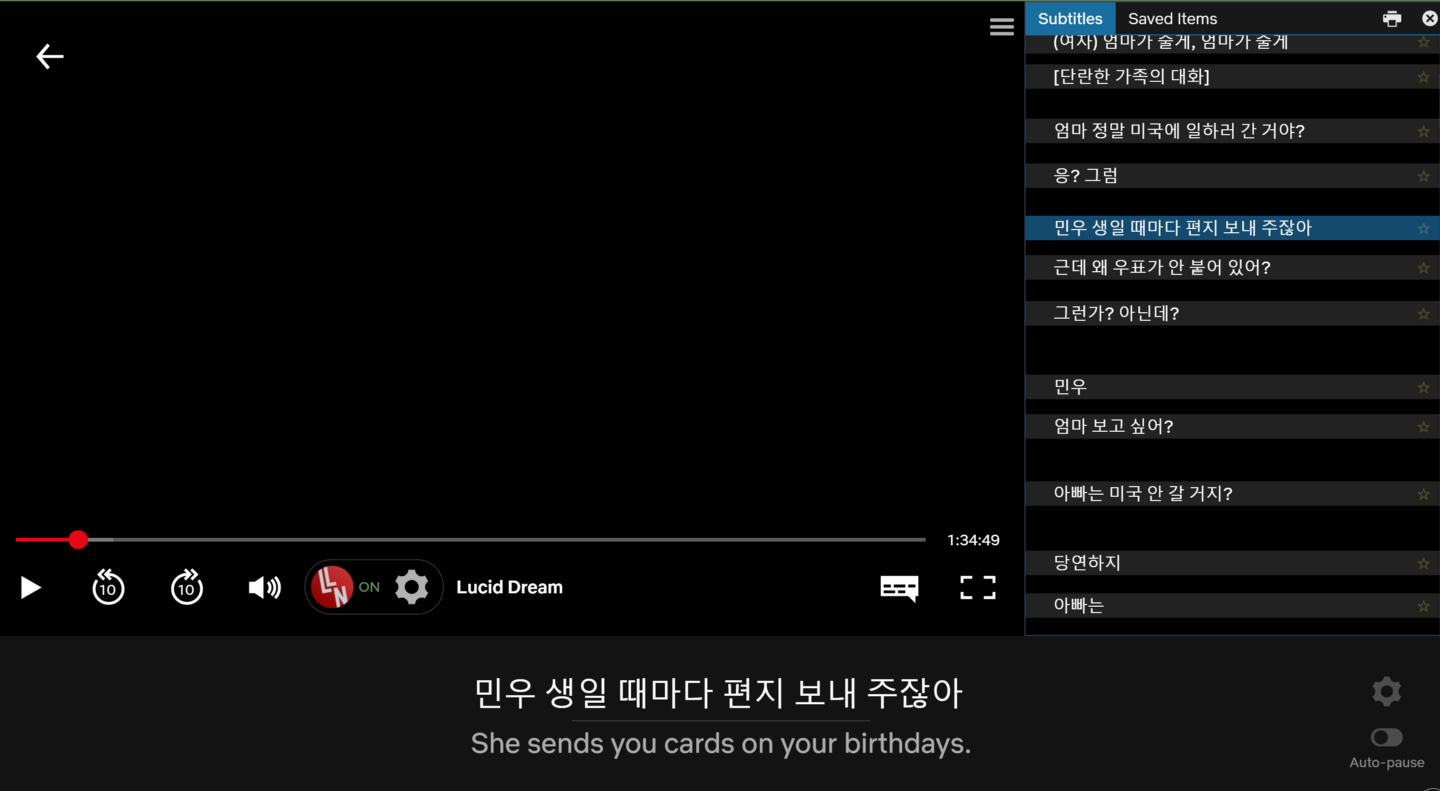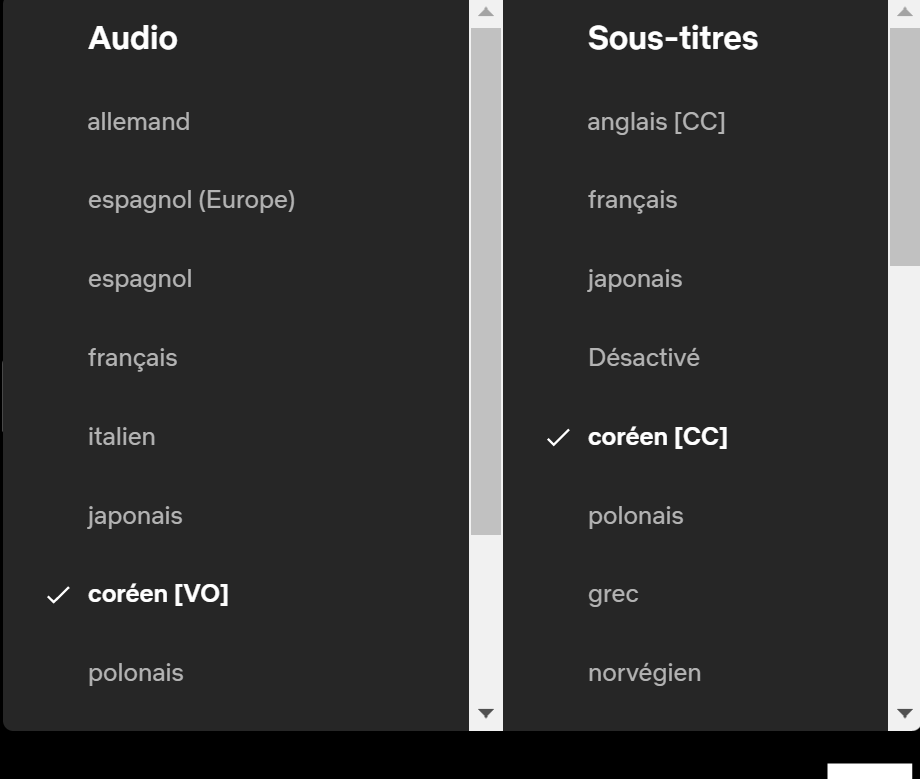
We’ve all been somewhat scarred by language classes at school. Lessons felt boring and never seemed to be appropriate for our level nor feel exciting. The textbooks taught us pointless vocabulary. The exercises never felt new. The teacher didn’t know how to get pumped up.
Language-learning shouldn’t be boring. It should be fun. We should feel a burst of dopamine when we’re about to start a study session. We should be looking forward to discovering more about the language.
Luckily, we don’t have to rely on old learning strategies anymore. Textbooks are useful, but you don’t have to use them as you were told. You can even make your own.
We often overlook how much technology can help us. Sure, we’ll use it a bit, but there’s so much more potential out there. It’s time to unlock its power by mastering these 5 greatest technological opportunities. Be sure not to consider them as separate. Their strength appears by combining them.
1. Radio & Videos
Let’s start with the most obvious: Streaming services.
With Netflix, Amazon Prime and such, TV shows and movies are right at the tip of your finger. In an instant, you can watch something created in almost any language in the world, along with its subtitles. Don’t watch videos dubbed in English though, you’d be wasting a great opportunity to learn.
You can watch almost any movie in whatever language you want and choose the subtitles you need. If you’re starting, choose subtitles in your native language and get used to the flow of this new language. If you’re getting better, start considering changing the subtitles to fit the audio. Or even taking them off!
The Language Learning with Netflix extension for Chrome can add an extra layer of flexibility. Indeed, it allows you to have 2 languages set as subtitles and even to look up words on the side. If you’re curious about how to use it to its maximum potential, here’s an extensive guide on its possibilities.


Apart from videos, you can also make great use of online radios. By now, you can access almost any radio in any language in the world from the comfort of your home.
Type “Radio Korean” and you’ll find lists of radios in Korean to listen. Type “Radio French” and you’ll find lists of French ones. Easy enough, right?
You can also find podcasts available in the language you’re studying. Look for the main podcast platform in it. Almost every language has its own. If you’re starting, use the dictionary to work your way through the websites you find and then listen at random.
Listening to the radio is the perfect way to keep yourself in contact with the language even when you’re on something else. Your brain passively gets more context and becomes able to adapt faster to the language.
The more you expose yourself to the language, the better your switching skills will be.
2. Social Media
Using SNS to learn languages isn’t new, nor is it complicated. SNS is a goldmine to encounter real-life sentences. Through posts and friends, you will see how native speakers actually use the language. You will learn slang, original sentence constructions, and even abbreviations.
First of all, no matter what platform you use, start by changing the language to the one you’re learning. Even though you’re now acting out of habit and don’t read the words, you’ll still unconsciously read them.
As for specific platforms, see below:
The most common and obvious choice. Its number of users and the variety of possibilities on the platform make it the best SNS tool for language-learning.
You can join groups of learners. These interact every single day and will help fill your feed with more useful content than your friends’ trips or babies. The community aspect will also provide you with a place to get advice whenever you struggle.
Interact more with your friends who speak the language. Their posts will show you what it really means to speak the language. As you improve, you will understand more and this will keep your motivation high.
Twitter is seen as the place to rant about anything. But it can also be a place to get bursts of reading. The shortness of each tweet allows you to be exposed to the language even when you don’t have much time.
Search for terms about your hobbies in the language of your interest. I’ll usually search for words like 한국어, 언어, 광주, 여행, 공부, 일본, 제주도 and such for Korean.
No need to search for the meaning of each word at first. The most important ones will come up many more times, thus giving you context and contributing to remembering them more.

Instagram and TikTok
I bundle those together because they work in similar ways. They rely on photos or videos. As such, they aren’t the best tools for language-learning but you can still find some original ways to use them as extra learning tools.
You can search for hashtags about words of interest and read some descriptions here and there. If you have native friends, then learn the type of tags they use in the country.
3. Spaced-Repetition System
I have talked about these countless times and for good reason: they’re the tool to improve the rhythm at which you learn. Applications (and websites) like Anki or Memrise bring forth the flashcard of words you’re about to forget. Each time you turn the flashcard, the software’s algorithm decides when it should show it to you again.
This system is close to magical. It’ll improve your results in no time. But there’s a trick to it: don’t use already-made decks. Those decks of cards created by others won’t provide you what you need.
You need to create your own deck, full of cards that are useful to you. Full of what you want and need to learn.
Create a context, be original, and don’t create simple word-cards. Instead, use images, audio, example sentences on one side, then on the other. If you only make one type of card, the context you’ll have for those is the spaced-repetition system software itself.
You want to use those words, right?
4. Other Apps
The list here is limitless. Trying to list them all would be a painful quest without end.
But it’s an unavoidable step in the quest of learning any language. Avoiding apps in the journey of language-learning would be like paddling on a motorboat. Sure, that’d work, but you’d be taking a lot more time than if you used its capacity to the fullest.
As we always move around and spend every idle minute looking at our phones, why not use them productively?
No matter what, you’ll need a dictionary on your phone. It’ll save you precious time and allow you to get the meaning of any word the moment you wonder. No need to wait, look it up and proceed with your study. Most of the time, it’s better to have the meaning and move forward. Especially at a beginner’s level, you’ll encounter important words soon enough.
Certain apps provide daily shorts texts. These can be either aimed at learners — like this app for Mandarin — or for natives — like this one for Korean. Having one at hand at any time is a magnificent way to pass the time while getting some content.
If you want more details about the 4 types of apps needed, I’ve written extensively about those too.
5. Language Exchange Partners & Teachers
This one is the secret of every polyglot around. You cannot hope to become fluent in any language without any practice. And unfortunately, you cannot hope to be constantly in physical contact with native speakers.
The solution? Finding online language-exchange partners and teachers.
Why am I bundling them together? Because they rely on the same two ideas: using technology to be in contact with natives and getting immediate feedback.
Language partners will provide you with content to read around the clock, on a variety of topics as your conversation evolves. Through developing friendship with your partner, you’ll also increase your motivation to improve faster. What’s there not to like?
Teachers — or “tutors” — will provide you with a more structured learning environment. Their goal is to help you become better and they will do their best to accomplish this. After all, you’re paying them some money to do so.
The advantages of language partners are that they are free and you often end up having many at the same time, thus getting different content at any time. The advantage of teachers and tutors is that they are more apt to help you improve. It’s a one-way street, but one for which you need to pay a toll first.
The best language-exchange platforms are HelloTalk and Tandem, both on smartphones. You can also use Italki’s page for partners or Interpals for a more computer-oriented experience.
As for teachers and tutors, there’s no discussing it, Italki is the best and most affordable one. You’ll get access to professional teachers and what are called “community tutors” who do not have official qualifications but can be just as good. The prices of tutors can be half or less of a professional teacher but you’ll have to look for that rare pearl combining both quality and cheap rates.
Conclusion
Creating a flow of activities using these 5 technological tools will not be easy at first. You’ll end up focusing most of your time on one, then another, then realize it and stop all. You’ll try again and focus on another one but this time you’ll be using one more from time to time. You’ll try and fail many times until you find the right combination that works for you.
Enjoy this process. Make it fun. Discover new ways to use this technology you’ve held dear for so long. It’s doesn’t exist for the sole purpose to distract you. It can help you improve faster.
Still curious about languages and learning? Consider signing up for my newsletter!
Mathias Barra is a French polyglot, living in Japan, who speaks 6 languages and dabbled in numerous others.
Leave a comment